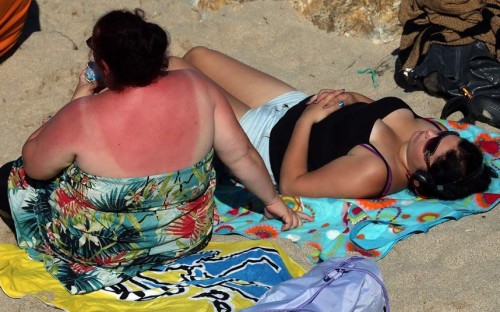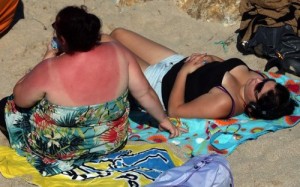

THE Spanish sun is one of the main factors being blamed for a massive surge in cases of skin cancer among Brits.
Package holidays are cited as one of the main reasons behind the dramatic increase in incidence of malignant melanoma, which has seen a 500% increase in just 40 years.
There are now more than 13,000 new cases each year of malignant melanoma – the most dangerous form of skin cancer – compared to 1,800 in 1975, according to new figures released by Cancer Research UK.
Nick Ormiston-Smith, head of statistics at Cancer Research UK, has flagged the rise of package holidays to European destinations and sunbeds as the main reasons for the increase.
“Holidays in hot climates have become more affordable and sunbeds are now widely available since the 1970s,” he said.
“But we know over-exposure to UV (ultra-violet) rays from the sun or sunbeds is the main cause of skin cancer.
“This means, in many cases, the disease can be prevented, and is why it’s essential to get into good sun safety habits, whether at home or abroad,” he added.
The charity has released the shocking figures at the launch of a new campaign to encourage Brits to be safe in the sun this summer.
The campaign’s top tips are to avoid sunburn, to spend time in the shade, to cover up, and to wear sunscreen of at least factor 15.
“Everyone loves getting out and about and enjoying the summer sun,” said Caroline Cerny, the senior health campaigns manager at Cancer Research UK.
“It’s essential to take care not to burn – sunburn is a clear sign that the DNA in your skin cells has been damaged and, over time, this can lead to skin cancer.”



































